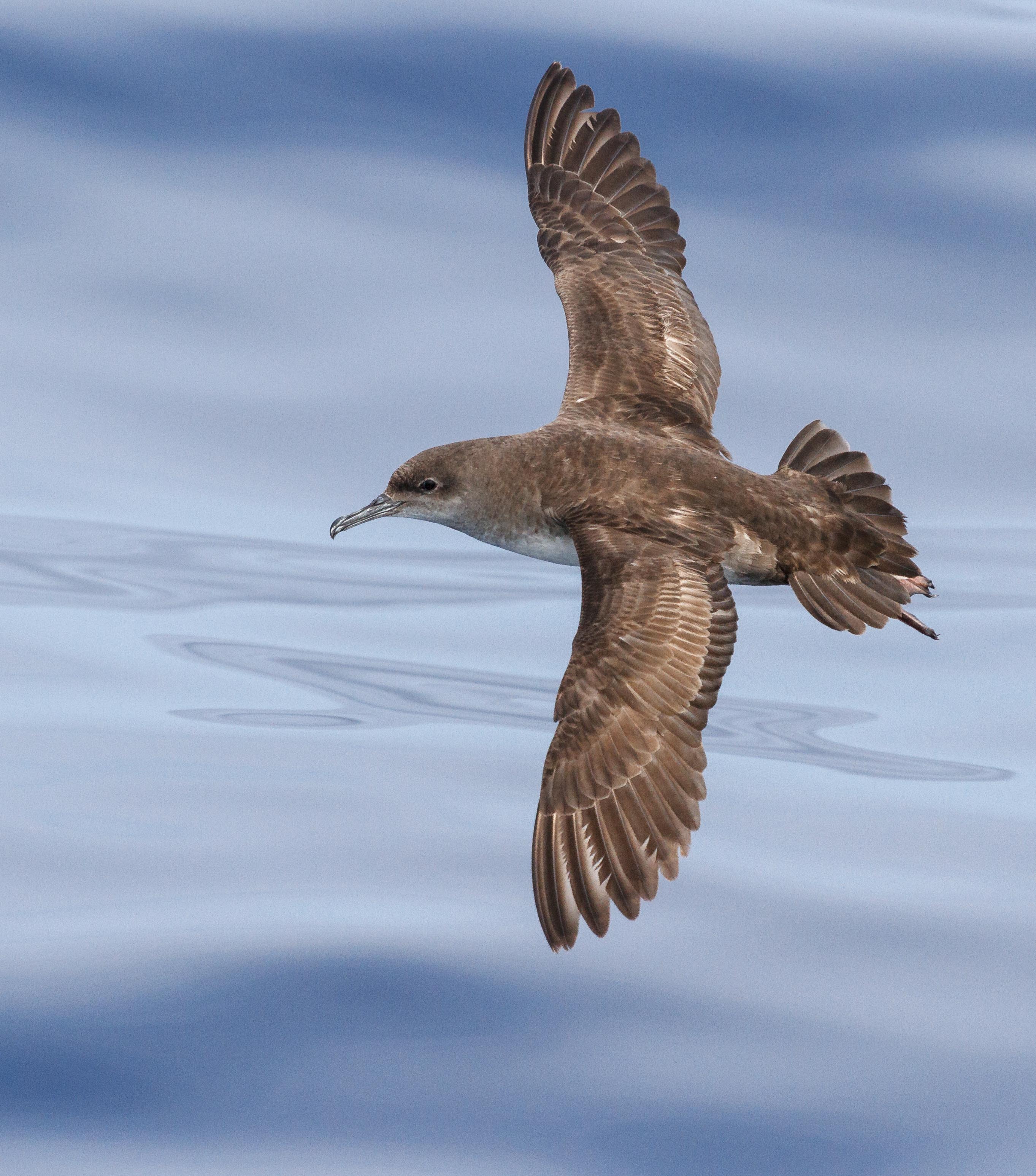 The Critically Endangered Balearic Shearwater Puffinus mauretanicus has been identified in the study as at high risk of exposure to plastics; photograph by Pep Arcos
The Critically Endangered Balearic Shearwater Puffinus mauretanicus has been identified in the study as at high risk of exposure to plastics; photograph by Pep Arcos
A comprehensive new study, led by Bethany L. Clark (BirdLife International, Cambridge, UK) in collaboration with the University of Cambridge, the British Antarctic Survey, Fauna & Flora, and the 5 Gyres Institute, has been published open access in the journal, Nature Communications. The study focuses on the world's most endangered seabirds and their potential encounters with plastics in the ocean. By analysing tracking data from 7,137 birds representing 77 petrel species and overlaying it with global plastic distribution maps, the researchers identified the areas where seabirds are most at risk of plastic exposure.

Figure 4 from the paper which depicts the risk of plastic exposure to petrels across different global zones
The abstract follows:
“Plastic pollution is distributed patchily around the world’s oceans. Likewise, marine organisms that are vulnerable to plastic ingestion or entanglement have uneven distributions. Understanding where wildlife encounters plastic is crucial for targeting research and mitigation. Oceanic seabirds, particularly petrels, frequently ingest plastic, are highly threatened, and cover vast distances during foraging and migration. However, the spatial overlap between petrels and plastics is poorly understood. Here we combine marine plastic density estimates with individual movement data for 7137 birds of 77 petrel species to estimate relative exposure risk. We identify high exposure risk areas in the Mediterranean and Black seas, and the northeast Pacific, northwest Pacific, South Atlantic and southwest Indian oceans. Plastic exposure risk varies greatly among species and populations, and between breeding and non-breeding seasons. Exposure risk is disproportionately high for Threatened species. Outside the Mediterranean and Black seas, exposure risk is highest in the high seas and Exclusive Economic Zones (EEZs) of the USA, Japan, and the UK. Birds generally had higher plastic exposure risk outside the EEZ of the country where they breed. We identify conservation and research priorities, and highlight that international collaboration is key to addressing the impacts of marine plastic on wide-ranging species.”
Articles about the research can be found at the websites of BirdLife and the British Antarctic Survey.
Reference:
Clark, B.L., Carneiro, A.P.B., Pearmain, E.J. et al. 2023. Global assessment of marine plastic exposure risk for oceanic birds. Nature Communication. https://doi.org/10.1038/s41467-023-38900-z
19 July 2023

 Français
Français  English
English  Español
Español